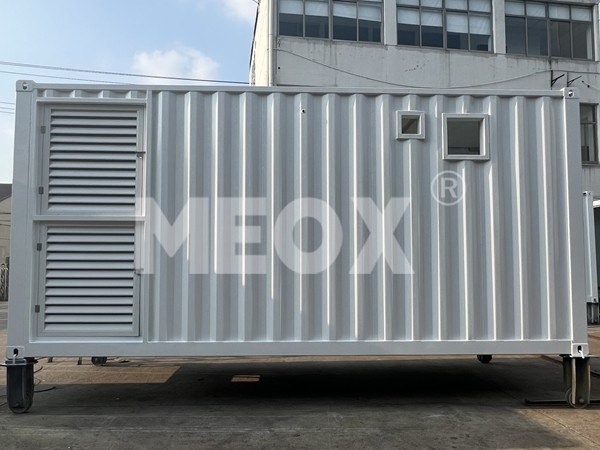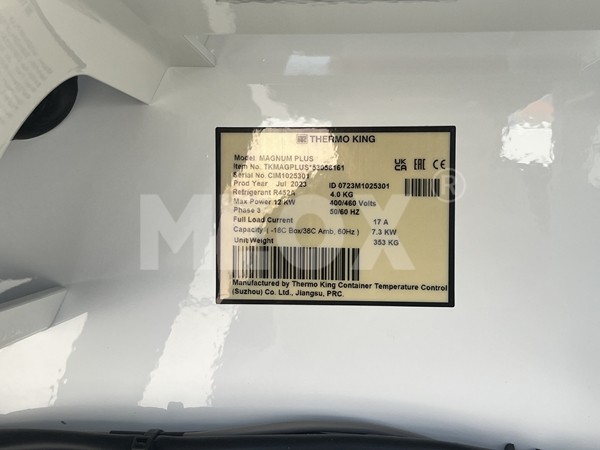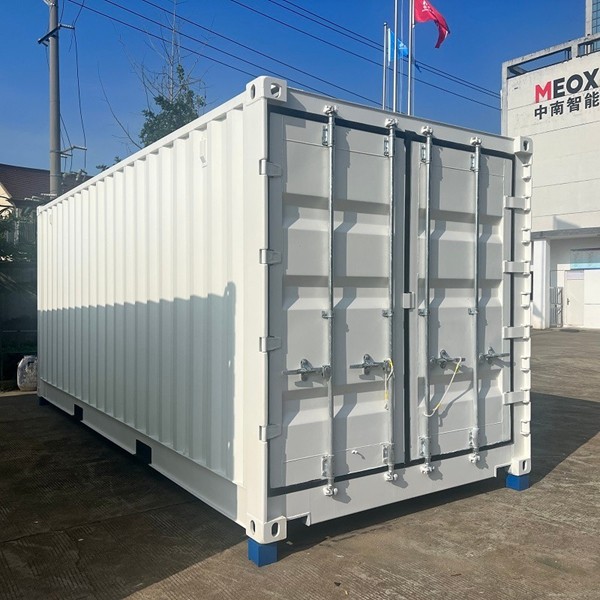Accommodation shipping containers, once seen as a novelty, have blossomed into a legitimate sphere within the real estate and hospitality industries. This innovative use of shipping containers caters to the growing demand for sustainable, versatile, and affordable housing options worldwide. Drawing from the intersection of upcycling, architecture, and modern living needs, shipping container accommodations offer distinct advantages that are reshaping traditional perspectives about residential and work spaces.
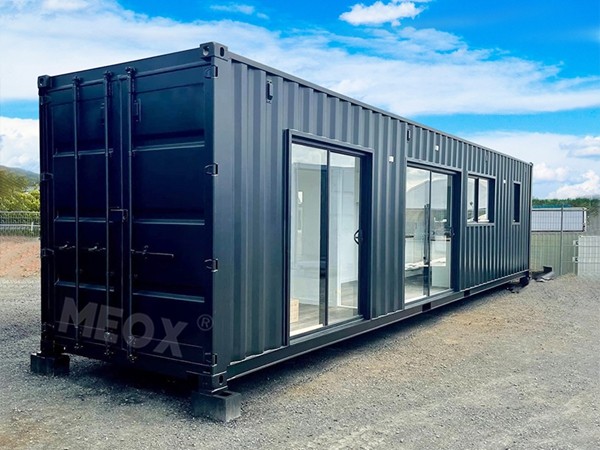
The transformation of shipping containers into living spaces begins with the core characteristic of these structures—their inherent durability. Made of heavy-duty steel, these containers are designed to withstand extreme weather conditions at sea, making them an excellent choice for withstanding diverse climates when repurposed on land. This longevity adds a layer of trustworthiness to the use of shipping containers as accommodations, appealing to environmentally conscious consumers who value sustainable building practices.
From an architectural viewpoint, the concept of modularity associated with shipping containers offers unparalleled flexibility. Each container can be used as a standalone unit or combined with others to create larger, more complex structures. This modularity permits architects and designers to exercise creativity in configuring unique layouts and designs while considering functional usability. By harnessing this capability, shipping container accommodations can be customized to suit various needs—from compact homes and busy urban hotels to expansive rural retreats and remote workstations.
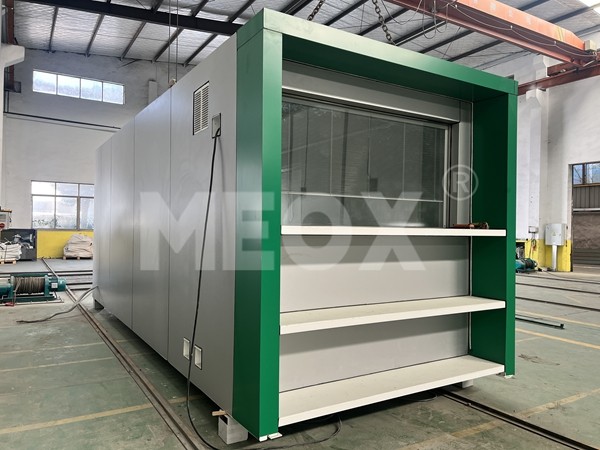
Through personal experiences and industry case studies, the advantages of these accommodations become apparent. Many users commend the efficiency of the construction process, often requiring significantly less time and materials compared to traditional buildings. This efficiency translates to cost savings, a crucial factor for both builders and end-users. Furthermore, the compact nature of containers addresses space constraints often faced in urban settings, allowing urban planners and developers to maximize utility on limited plots.
Industry expertise highlights the critical role technology plays in transforming shipping containers into comfortable living spaces. Sophisticated insulation materials and energy-efficient installations—such as solar panels and green roofs—enhance comfort without compromising eco-friendliness. Accessible technologies for temperature regulation, as well as water and waste management, make these adaptations viable for long-term residential use. This technology-driven approach not only elevates the standard of living within the containers but also substantiates their role as a viable product in the accommodation landscape.accommodation shipping containers
Building authoritative trust in shipping container accommodations necessitates transparency in the materials used, the construction methods employed, and the long-term viability of these structures. With regulations and building codes varying significantly across regions, compliance with local standards ensures safety and legality, reinforcing consumer confidence. Industry leaders and organizations championing these projects consistently emphasize adherence to such regulations, validating these constructions as reliable and safe housing alternatives.
In cultivating an aura of trustworthiness, testimonials and certifications play pivotal roles. As more people live and work in container spaces daily, shared experiences reflect collective satisfaction and validation of their practicality and comfort. Certification by recognized green building councils and partnerships with environmental organizations further seal the reputation of container accommodations as progressive and responsible choices.
For prospective buyers, investors, or residents considering shipping container accommodations, the expertise of professionals in architecture, real estate, and environmental science is invaluable. Engaging with knowledgeable experts can help in navigating the various facets of container living—from construction feasibility and cost assessments to long-term sustainability and market value analysis. As such, the expertise shared by seasoned professionals not only enlightens potential users about potential challenges and solutions but also broadens the understanding of shipping container living as a formidable segment within modern housing options.
The future of accommodation shipping containers is rich with possibilities. With increasing global awareness about sustainability, coupled with the rising demand for economical housing, these robust structures present an exciting blend of practicality, innovation, and ecological mindfulness. As the trend continues to expand, accentuated by continual technological advancements and creative architectural endeavors, shipping container accommodations represent a transformative shift towards sustainable living solutions for the future. This forward-thinking approach is not merely a trend, but an evolution in the way we conceptualize and inhabit our built environments.


